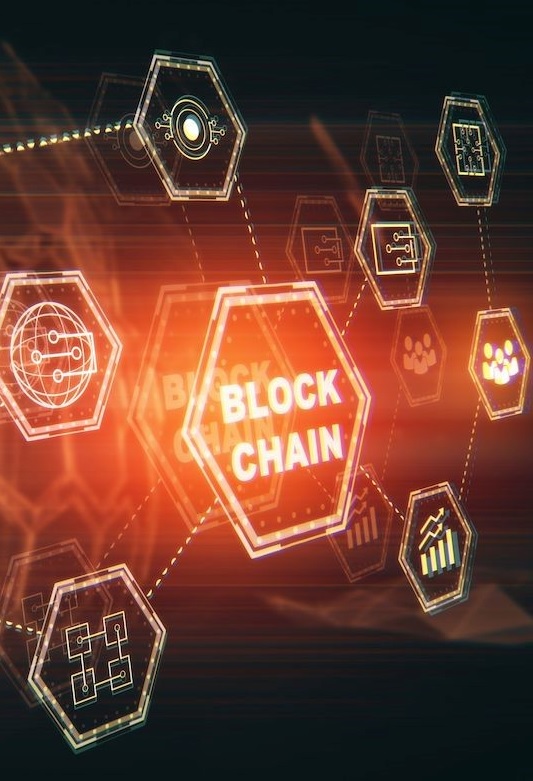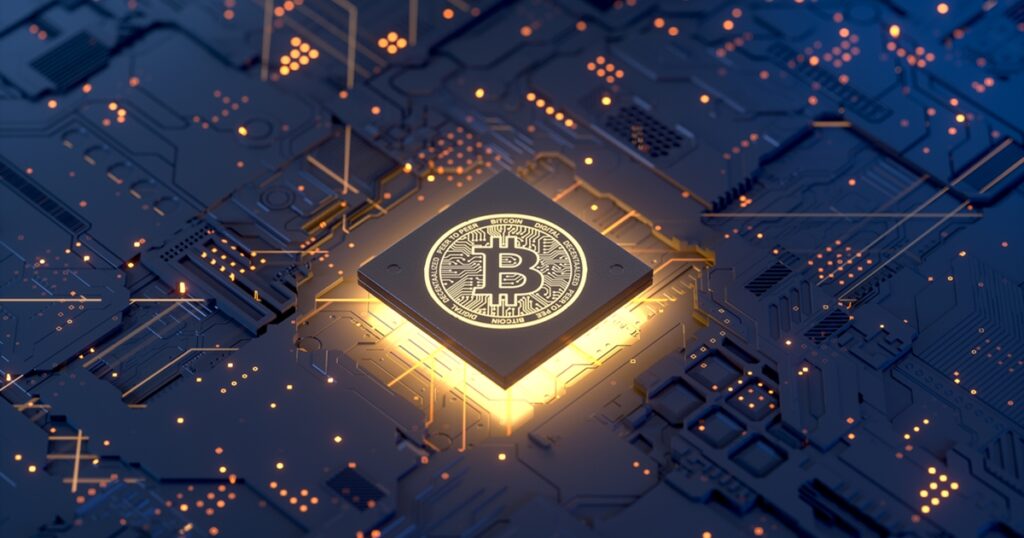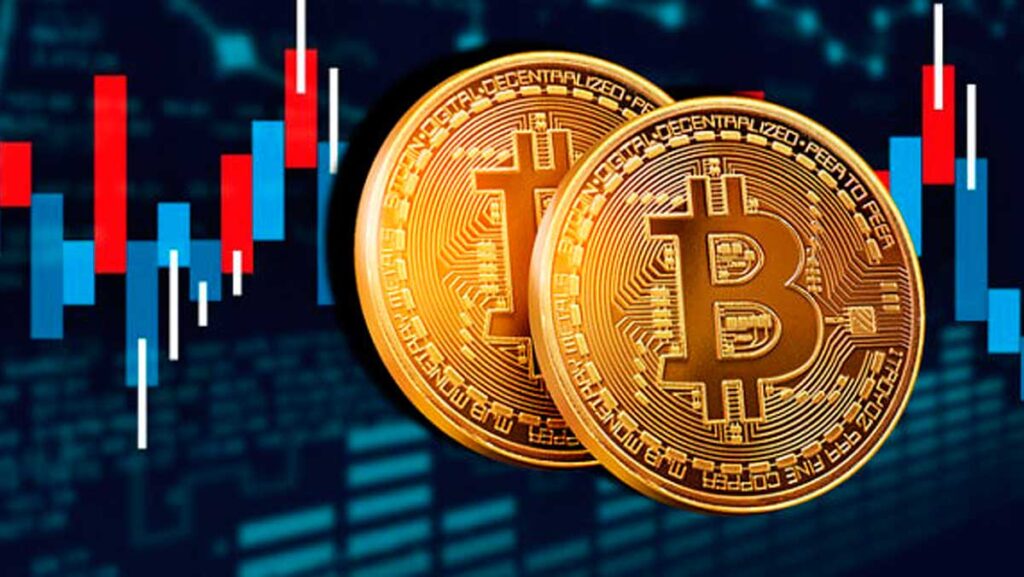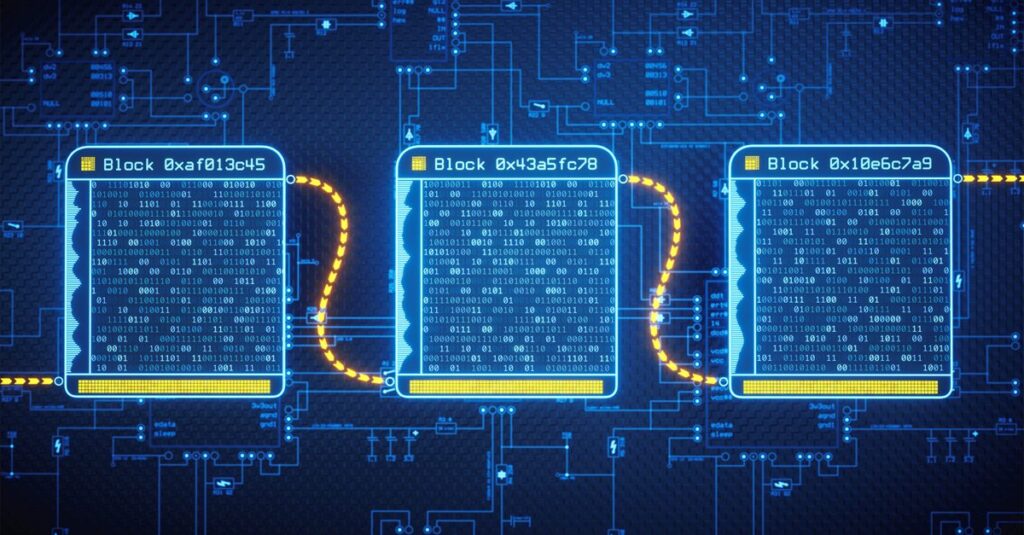
BlockChain the DataBase

Blockchain is a type of database. Normally a database is a collection of information that is store in a computer system electronically. Information or the data in a database is structure in table format. It provides easy searching and filtering for specific information. Some people use spreadsheets instead of databases to store their data.
Spreadsheets are design for only one person or a group of people. It provides space to store limited amount of information. In comparison, a database is design to provide space for larger amount of information than in a spreadsheet. Those data can be easily accesse, filtered and manipulated quickly and easily by any number of users at once.
The larger databases achieve these features by housing data on servers made by powerful computers. These servers can sometimes built using hundreds or thousands of computers in order to have the computational power and storage capacity necessary for many users to access the database simultaneously. While a spreadsheet or database may be accessible to any number of people, it is often own by a business and managed by an appointed individual that has complete control over how it works and the data within it.
Storage Structure
One major difference between typical data base and a blockchain is the method of data structure. One key difference between a typical database and a blockchain is the way the data is structure. A blockchain collects information together in groups. Those also known as blocks, that hold sets of information. Blocks have certain storage capacities and, when filled, are chain onto the previously fill block. Becouse of this process the filled blocks forming a chain of data known as the “blockchain”. All new information that follows that freshly add block is compile into a newly form block that will then also be add to the chain once fill.
A database structures its data into tables and a blockchain, like its name implies, structures its data into chunks (blocks) that are chain together. This system also inherently makes an irreversible timeline of data when implemented in a decentralized nature. When a block is fill it is set in stone and becomes a part of this timeline. Each block in the chain is given an exact timestamp when it is added to the chain.
Decentralization Method of Data Storing
Blockchain is a method of desentrialize method of data storing. For the purpose of understanding blockchain, it is instructive to view it in the context of how it has been implement by Bitcoin. Like a database, Bitcoin needs a collection of computers to store its blockchain. For Bitcoin, this blockchain is just a specific type of database that stores every Bitcoin transaction ever made. In Bitcoin’s case, and unlike most databases, these computers are not all under one roof. And each computer or group of computers is operate by a unique individual or group of individuals.
Transparency
Because of the decentralize nature of Bitcoin’s blockchain, all transactions can be transparently viewed.Those transactions can view by either having a personal node or by using block chain explorers that allow anyone to see transactions occurring live. Each node has its own copy of the chain that gets updat as fresh blocks are confirm and add. This means that if you wanted to, you could track Bitcoin wherever it goes.
Is Blockchain Secure?

Bitcoin on motherboard,3d rendering,conceptual image.
Blockchain technology accounts for the issues of security and trust in several ways. First, new blocks are always store linearly and chronologically. That means they are always add to the “end” of the blockchain.
After a block has been add to the end of the blockchain, it is very difficult to go back and alter the contents of the block. To alter the content the majority should give a consensus to do so. That’s because each block contains its own hash, along with the hash of the block before it, as well as the previously mentioned time stamp. Hash codes are create by a math function that turns digital information into a string of numbers and letters. If that information is edit in any way, the hash code changes as well.
Here’s why that’s important to security. Let’s say a hacker wants to alter the blockchain and steal Bitcoin from everyone else. If they were to alter their own single copy, it would no longer align with everyone else’s copy. When everyone else cross-references their copies against each other, they would see this one copy stand out and that hacker’s version of the chain would be cast away as illegitimate.
Succeeding with such a hack would require that the hacker simultaneously control and alter 51% of the copies of the blockchain so that their new copy becomes the majority copy and thus, the agreed-upon chain. Such an attack would also require an immense amount of money and resources as they would need to redo all of the blocks because they would now have different timestamps and hash codes.
How Fast it is Growing
Due to the size of Bitcoin’s network and how fast it is growing, the cost to pull off such a feat would probably be insurmountable. Not only would this be extremely expensive, but it would also likely be fruitless. Doing such a thing would not go unnoticed, as network members would see such drastic alterations to the blockchain. The network members would then fork off to a new version of the chain that has not been affect.
This would cause the attacked version of Bitcoin to plummet in value, making the attack ultimately pointless as the bad actor has control of a worthless asset. The same would occur if the bad actor were to attack the new fork of Bitcoin. It is built this way so that taking part in the network is far more economically incentivized than attacking it.
Bitcoin vs Blockchain

The goal of blockchain is to allow digital information to be record and distributed, but not edited. Blockchain technology was first outlined in 1991 by Stuart Haber and W. Scott Stornetta. They were two researchers who want to implement a system where document timestamps could not be tamper with. After two decades later the blockchain real world aplicatio appered with the launch of Bitcoin in January 2009.
The Bitcoin protocol is built on a blockchain. In a research paper introducing the digital currency, Bitcoin’s pseudonymous creator, Satoshi Nakamoto, referred to it as “a new electronic cash system that’s fully peer-to-peer, with no trusted third party”.
The key thing to understand here is that Bitcoin merely uses blockchain as a means to transparently record a ledger of payments, but blockchain can, in theory, be use to immutably record any number of data points. As discussed above, this could be in the form of transactions, votes in an election, product inventories, state identifications, deeds to homes &, etc.
Currently, there is a vast variety of blockchain-based projects looking to implement blockchain in ways to help society other than just recording transactions. One good example is that of blockchain being use as a way to vote in democratic elections. The nature of blockchain’s immutability means that fraudulent voting would become far more difficult to occur.
A voting system could work such that each citizen of a country would be issue a single cryptocurrency or token. Each candidate would then be given a specific wallet address, and the voters would send their token or crypto to whichever candidate’s address they wish to vote for. The transparent and traceable nature of blockchain would eliminate the need for human vote counting as well as the ability of bad actors to tamper with physical ballots.
Blockchain vs Banks
Banks and decentralized blockchains are vastly different. To see how a bank differs from blockchain, let’s compare the banking system to Bitcoin’s implementation of blockchain.
Blockchain is a type of database. Normally a database is a collection of information that is store in a computer system electronically. Information or the data in a database is structure in table format. It provides easy searching and filtering for specific information. Some people use spreadsheets instead of databases to store their data. Spreadsheets…

